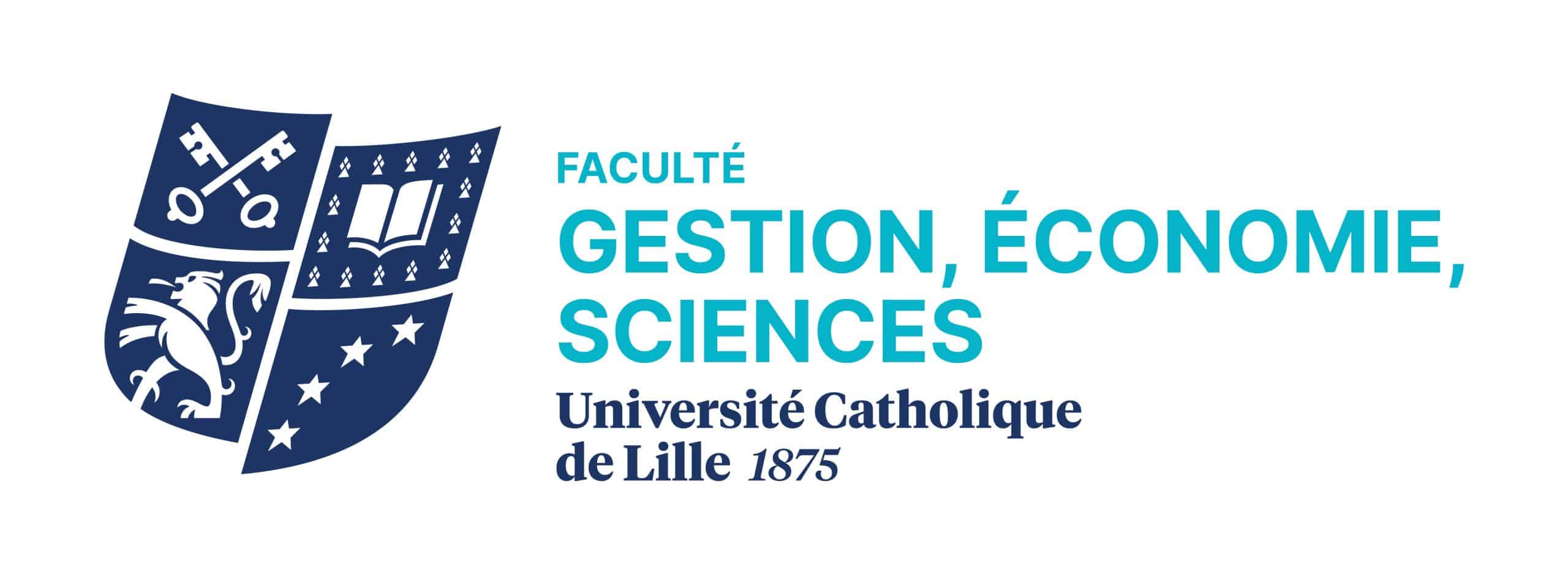
Physique Spé MPC
Etablissement : Faculté de Gestion, Economie & Sciences Licences
Langue : Français
Formation(s) dans laquelle/lesquelles le cours apparait :
- Aucune formation en lien avec ce cours.
Période : S1
Programme de physique de seconde générale et technique : Bulletin officiel spécial n°1 du 22 janvier 2019
Développer les notions de physique du cycle Terminal, en réalisant une approche des notions du supérieur.
1.Les oscillateurs mécaniques.
- Divers systèmes oscillants mécaniques
Définir un pendule simple.
Justifier la position d’équilibre dans le cas d’un pendule simple.
Définir l’écart à l’équilibre, l’abscisse angulaire, l’amplitude, la pseudo-période, la période propre et les mesurer sur un enregistrement.
Enoncer la loi d’isochronisme des petites oscillations.
Savoir comment un système peut atteindre un régime apériodique.
Savoir que dans le cas d’un amortissement faible, la pseudo-période est voisine de la période propre.
Pour un pendule simple, justifier la forme de l’expression de la période par analyse dimensionnelle.
A partir d’une série de résultats expérimentaux, vérifier la validité de l’expression de la période propre d’un pendule simple.
- Système solide-ressort en oscillation libre
Connaître les caractéristiques de la force de rappel exercée par un ressort.
Appliquer la deuxième loi de Newton au solide et effectuer la résolution analytique dans le cas d’un dispositif oscillant horizontalement.
Connaître la signification de tous les termes intervenant dans la solution de l’équation différentielle et leur unité.
Connaître et savoir exploiter l’expression de la période propre, vérifier son homogénéité par analyse dimensionnelle
- Phénomène de résonnance
Savoir que la résonance mécanique se produit lorsque la période de l’excitateur est voisine de la période propre du résonateur. Présentation expérimentale du phénomène : excitateur, résonateur, amplitude et période des oscillations, influence de l’amortissement.
Savoir que l’augmentation de l’amortissement provoque une diminution de l’amplitude.
Connaître des exemples de résonance mécanique.
2.Optique géométrique.
- Miroirs plans
- Miroirs sphériques concaves et convexes
Positionner le sommet, le centre ; tracer l’axe optique principal ; positionner le foyer principal.
Connaître la définition de la distance focale.
Construire l’image d’un objet plan perpendiculaire à l’axe optique principal.
Construire l’image d’un point situé à l’infini.
- Pour une lentille et un miroir plan ou sphérique
Déterminer à partir d’une construction à l’échelle, les caractéristiques d’une image.
Retrouver par construction les caractéristiques d’un objet connaissant son image.
Construire la marche d’un faisceau lumineux issu d’un point source à distance finie ou infinie.
- Microscope & télescope
Savoir que dans un microscope, l’image intermédiaire donnée par l’objectif constitue un objet pour l’oculaire.
Savoir que dans un télescope, l’image intermédiaire donnée par le miroir sphérique constitue un objet pour le système miroir plan-oculaire
Construire l’image intermédiaire et l’image définitive d’un objet plan perpendiculaire à l’axe optique.
Déterminer à partir d’une construction à l’échelle, les caractéristiques de l’image définitive donnée par un instrument d’optique.
Construire la marche d’un faisceau lumineux à travers un instrument d’optique.
Pour les lentilles intervenant dans les instruments d’optique étudiés, utiliser et exploiter les relations de conjugaison.
Savoir définir et calculer le diamètre apparent.
La définition du grossissement étant donnée, savoir l’utiliser et exploiter son expression.
Connaître la définition du cercle oculaire, son intérêt pratique et savoir le construire.


